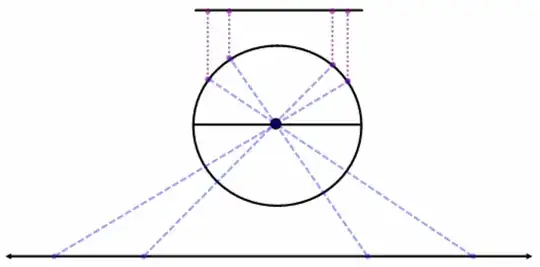In watching The Fault in Our Stars I could not help but cringe at a line that flew in the face of mathematics and subsequently ruined the movie for me:
"There are infinite numbers between 0 and 1. There's .1 and .12 and .112 and an infinite collection of others. Of course, there is a bigger infinite set of numbers between 0 and 2, or between 0 and a million. Some infinities are bigger than other infinities." - John Green
While walking out of the theater I tried to explain to my friends why there were, in fact, exactly the same amount of numbers between 0 and 1 as 0 and 2, but Cantor and bijective functions are not great learning tools to English majors.
Does anybody have an eloquent or elegant way to enumerate this phenomenon using an example accessible to those not familiar with advanced mathematics?
